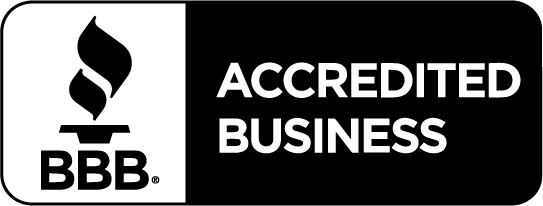What Architects and Contractors Need to Know About Bulletproof Levels
Working with bulletproof materials at different bulletproof levels comes with major structural considerations for both designers and installers. Your primary challenge is the weight and thickness of the material, but that can change drastically for different levels of bulletproofing.
In general, the higher the bulletproof level, the heavier the material becomes, but this is not always the case. For example, Level 5 bulletproof fiberglass weighs 14 pounds per square foot, but Level 6 fiberglass is only 4.7 pounds per square foot. In order to design effectively, you should understand the nuances of the bulletproof material at the different UL levels of protection.
This blog outlines what you need to know.
How Does the UL 752 Rating System for Ballistic Resistance Affect Bulletproof Building Materials?
The levels of bullet resistance come from the UL 752 standard, which has clearly defined testing and acceptance parameters for ballistic barriers. Our materials are independently tested to the UL 752 standard so that our customers have clear expectations of proven safety from our ballistic barriers.
The different UL bulletproof levels provide protection against various weapons and ammunition, which is part of the reason that protection doesn’t increase linearly as the levels increase. Levels 3 and 6 are quite similar, due to the nature of the ammunition.
There is more nuance to the testing parameters, but the most critical data is as follows:
- Level 1: Provides protection from 3 shots from a 9mm pistol
- Level 2: Provides protection from 3 shots from a .357 magnum pistol
- Level 3: Provides protection from 3 shots from a .44 magnum pistol
- Level 4: Provides protection from 1 shot from a .30 caliber rifle
- Level 5: Provides protection from 1 shot from a 7.62mm rifle
- Level 6: Provides protection from 5 shots from a 9mm submachine gun
- Level 7: Provides protection from 5 shots from a 5.56mm rifle
- Level 8: Provides protection from 5 shots from a 7.62mm rifle
Per the UL 752 standard, these shots are from close range—15 feet—in a small cluster. As you can imagine, bullet resistant material for such high velocity ballistic attacks requires thick, heavy material. From a structural standpoint, this can be challenging to work with.
Structural and Installation Challenges Working With Bulletproof Materials
Bullet resistant materials are highly engineered for maximum protection. Bullet resistance comes through adding layers of material, which quickly increases the thickness and weight far beyond the materials you typically work with.
Here are the five biggest things you should know about working with ballistic barrier system materials:
1. Panes of Bulletproof Glass Can Weigh Hundreds of Pounds
Not only do these materials require specialized equipment to transport throughout the job site, the engineering concerns are considerable. The weight loading may require specialized framing, including shoring up existing framing to provide adequate structural support. You almost always have different options for materials for each UL level, which means you may be able to choose a material with a lower density. For example, you may opt for an aluminum door over a steel door. See additional architect resources here.
2. The Bulletproof Windows’ Thickness Can Range From ¾” to 2 ½”
Depending on the bulletproof level and the type of glazing. If you need to meet a certain UL level of protection, you may have different ballistic glass options. Not every type of glazing can fit every location, for instance, UL Level 1 acrylic is not suitable for external applications.
3. Bulletproof Glass Pane Size Is Limited
This is due to the size of the autoclave, which is used to heat and fuse the layers of material together. Depending on the type of glazing, the width is limited to five or six feet. This is true for all bulletproof levels. A solid glass wall may be visually appealing, but due to the size constraints these panes require reinforced ballistic framing and mullion in order to maintain their integrity. If you’re designing a bulletproof glass storefront or curtain wall, you’ll want to consider these limitations in your calculations.
4. Many Types of Bulletproof Glass Cannot Be Modified in the Field
For most products, the edge polish must be completed by hand at a certain stage in the manufacturing process. For insulated glass, cutting the product will destroy the air gap, rendering the ballistic glass useless. Products should arrive pre-sized for your needs, and you can follow the installation plan provided. Check out our other tips for installing bulletproof glass here.
5. Many Jobsite Solvents and Cleaners Can Damage Bulletproof Glass
Because ballistic glass is often made of acrylic or polycarbonate instead of tempered glass, traditional cleaning agents can cause crazing and other damage to the window. All Bullet Guard ballistic glass ships with cleaner and a soft, lint-free cloth.
We Offer Practical Design Support for Ballistic Systems
No matter what bulletproof level your client needs, the weight and thickness of the ballistic materials can cause unique challenges.
From structural concerns to installation techniques, Bullet Guard is here for you. Our experienced team can help you address issues with engineering and weight loading, drawing on our practical experience with ballistic system design.
Our ballistic experts can provide guidance every step of the way, to ensure your ballistic system maintains its UL level of protection. For more information about designing and installing bullet resistant materials, please contact us or reach out for a quote.



